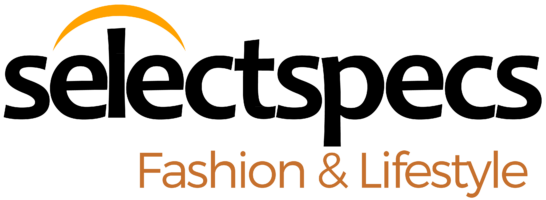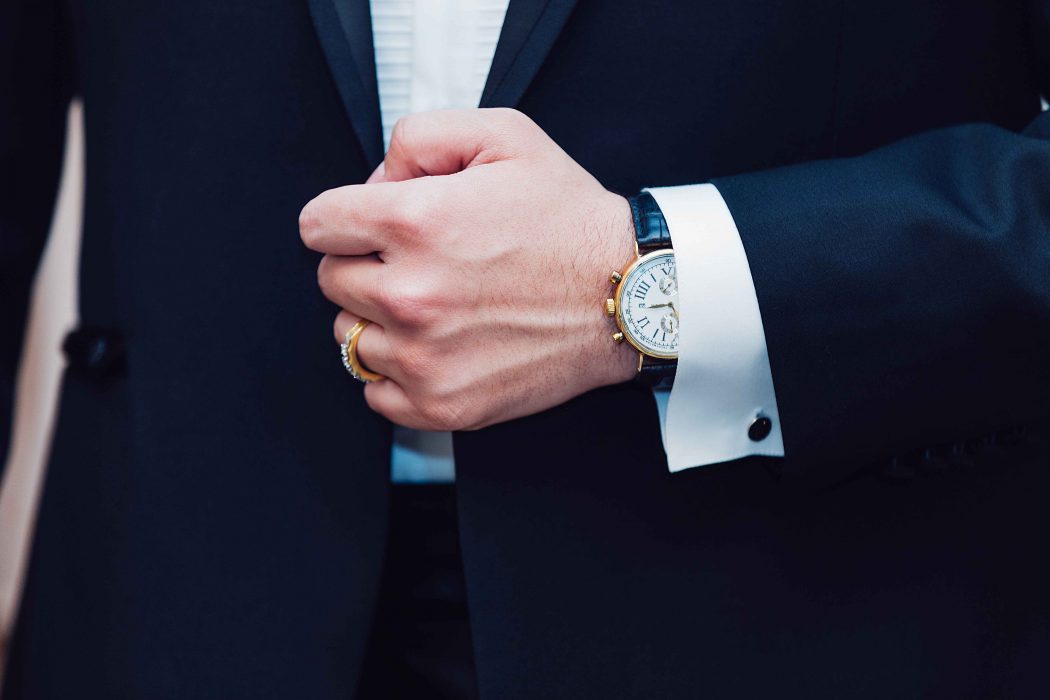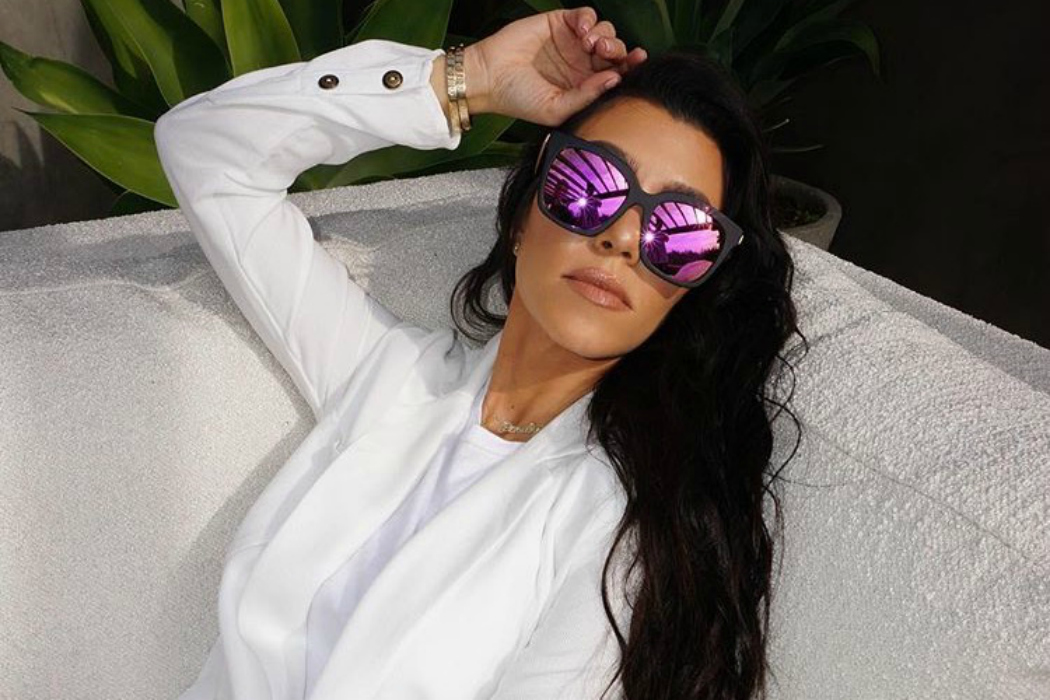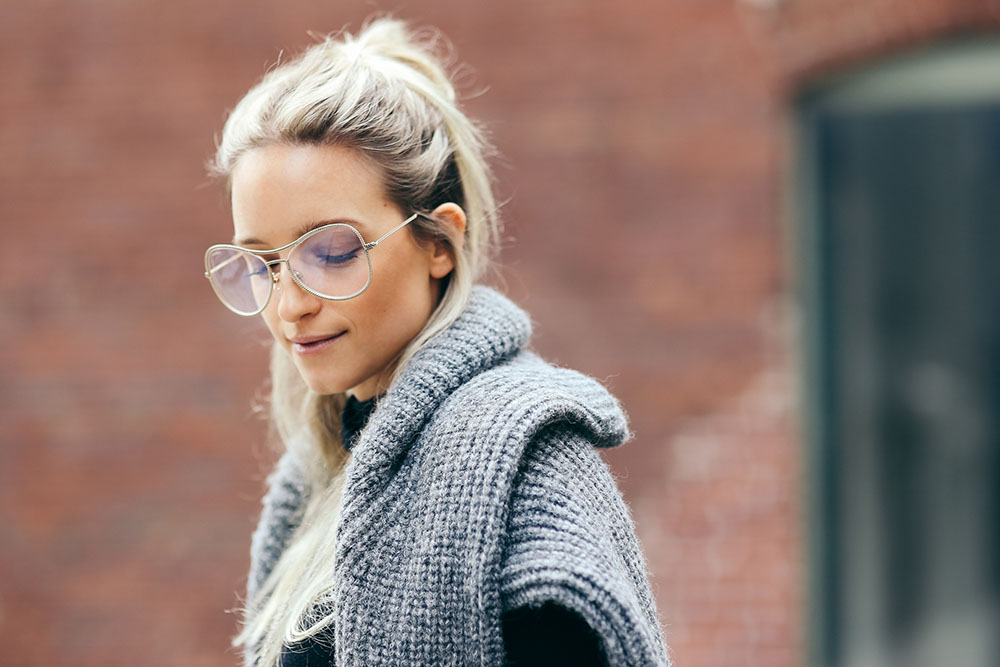Conventional advice dictates that you should dress sharply for a job interview. After all, there was a time when almost everyone wore a suit to an interview. But then again, there was also a time before the existence of smartphones (yes, really).
‘Dress to impress’ is a tried and tested mantra – and a very wise one at that – but a full suit is not always appropriate interview attire in the modern world. It seems that ‘do as others do’ might not the best advice to follow. In a post on the Harvard Business Review, John Sullivan, professor of management at San Francisco State University puts it bluntly, “If you go to an interview at Facebook in a suit, you’re going to look like an idiot.” In summary: it’s all about context.
What’s the job?
Think about the type of clothes you will have to wear to work day after day, if you get the job (which, of course, you will!). Most jobs in creative industries, for instance, don’t require that you wear a suit in the workplace. So, it might put the interviewer off if you’re dressed like you’re going to a funeral later that day.
In some offices, Converse shoes, laid-back trousers and a casual sweatshirt or even logo T-shirt are not out of place. If you’re not dealing with the public or clients in your everyday work life, work dress tends to be much more casual. Just remember, once you’ve landed the job, try not to slip into a bad dress routine. If you’ve ever worked from home, you’ll know what I mean.
If you want to keep it casual, while making a bold statement, style staples such as eyewear favourite Ray-Ban are the way the go. The classic Ray-Ban RX5121 Original Wayfarer style is a winner every time.
The “Come as You Are” Approach
You might not think it’s ever acceptable to turn up wearing sneakers, flip flops or shorts to an interview – unless you’re working at a festival. But ever since companies like Google and Facebook came along with their personality first approach, tons of businesses have jumped on the bandwagon. Nowadays a ‘breakout’ area is pretty much standard practice in most places of work, and a relaxed approach to dress code has quickly followed.
Perhaps the interviewer has stressed over the phone that you wear what you like, and perhaps you’re thinking this is some kind of test that’s destined, ultimately, to end in a humiliating experience. Well, it’s not. Casual attire is completely normal now. And this type of dress code should reflect how you want your personality to be judged. If you want to play it safe, go for a relaxed approach. However, remember to keep colours toned down to balance it out. Dark coloured jeans paired with a relaxed jacket is a good approach.
Glasses should be styled to reflect your personality. If you’re creative and outgoing make sure you wear styles such as the American Freshman AMF0006 Charlie. This style comes in three contrasting colours to help you stand out from the competition.
Business Casual
A business casual dress code invites interviewers to see how well an interviewee interprets fashion etiquette. But it’s nothing to worry about. There’s a wealth of options out there now to suit this type of dress. As companies have shifted more towards this theme of workwear dressing, it’s much easier to cater for.
Casual trousers can be mixed and matched, including different colours, materials, brands and even patterns. It’s worth noting that it’s best to keep prints toned down and away from anything cartoon based especially. Ties aren’t necessary and shoes can be of a relaxed style. It’s important to remember that a business casual dress code still generally means no T-shirts or trainers.
Ideally, eyewear is best in dark colours and with simple design, as not to distract the interviewer too much. Styles such as the Hallmark 3301 are perfect for playing it safe, projecting a modern and stylish appearance.
Formal interview
So you’ve landed an interview at the headquarters of a swanky bank and you need to pull out all the stops. Don’t hold back. And don’t try anything experimental. This is no time to test out that cord Austin Powers style suit you’ve always wondered if you could pull off. Even if it’s a 1960s original.
- The jacket should match the suit trousers exactly. Whether it’s a double breasted or single breasted jacket is a matter of personal preference.
- Choose trousers that are fitted but not overly tight. Cuffs are not necessary anymore – though tailored trousers are best.
- Choose a well-fitted classic shirt to complement the suit.
- A tie finishes off the look nicely – keep it classic.
- No creases. Wrinkles make even the most stylish suit look messy.
- Shoes must be clean and un-scruffy. An Oxford brogue or penny loafer will do the job.
- Generally speaking, keep the colour palette to black, grey or blue.
No messing around now. Pick a plain style that’s suitable for a corporate atmosphere and from a reputable brand. Square styles such as the Tom Ford FT5311 project a clean cut, professional image.
If in Doubt: Go Smart
If you’re really struggling to decide between two options, pick the smartest. After all, there’s a reason ‘it’s better to be under-dressed rather than over-dressed’ is not a well-known piece of advice. If you’re confident and happy with how you’re dressed, you’ve got a much higher chance of nailing the interview. The way best way to ensure this is to play it stylish but safe. Generally, it’s good form to pick toned down hues and perhaps introduce a splash of colour to one element of the outfit.
How would you dress for a job interview? Let us know in the comments below!
Want to know how Ed Sheeran would style his specs? Find out here.









